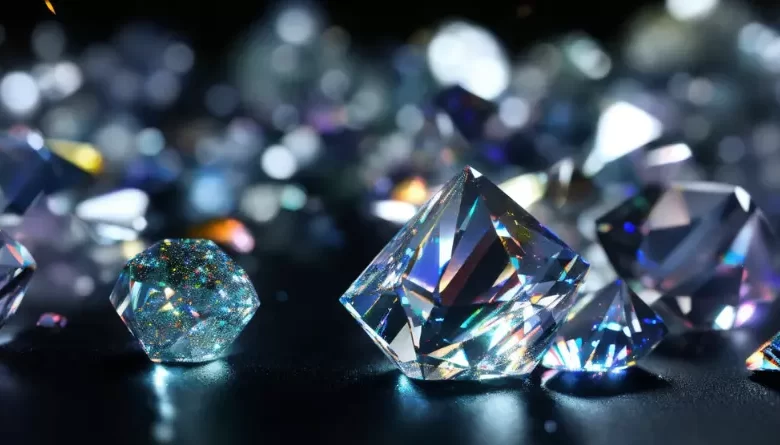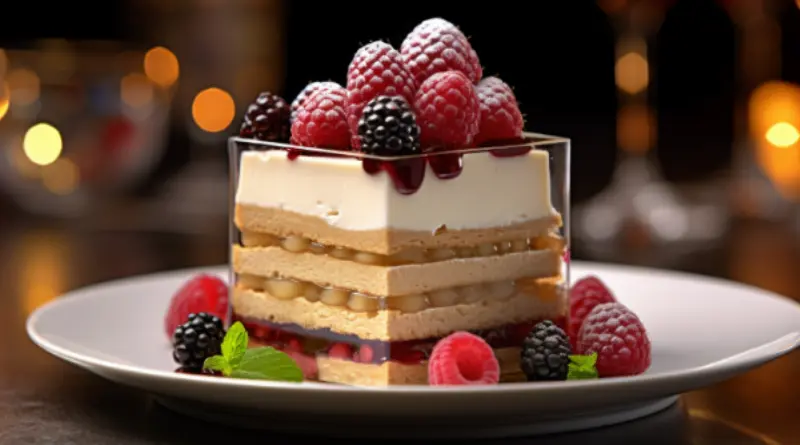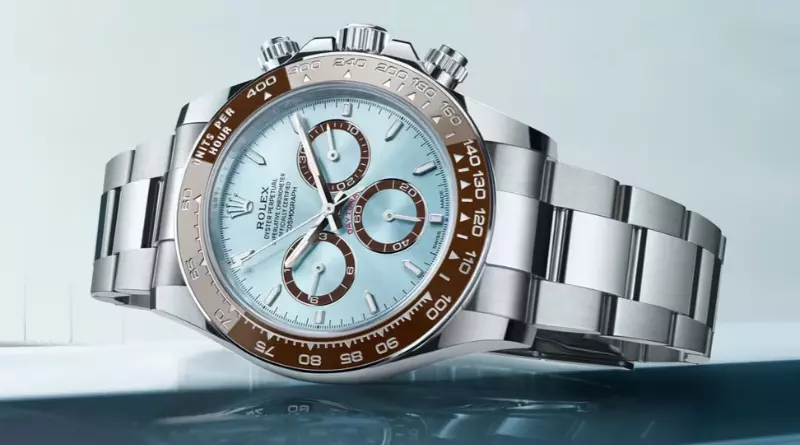Moissanite – A Responsible Choice Instead of Diamonds

The tradition of using diamonds in engagement rings dates back to the late 15th century when Archduke Maximillian of Austria presented one to his fiancée. While these precious stones have long been cherished as symbols of love, few have considered the social and environmental impact of diamond mining associated with engagement rings.
Recently, more people are becoming aware of the unforeseen consequences linked to diamond use. The 2006 movie “Blood Diamond,” featuring Leonardo DiCaprio, shed light on child soldiers in conflict zones tied to diamond trade. This revelation prompted many to realize the connection between diamonds and wars, sparking concerns about the ethical implications.
The environmental toll of diamond mining, as revealed by an Ohio State University report, extends beyond conflict zones. Some of the detrimental effects include:
1.Soil Erosion:
The misconception that diamonds are easily accessible through caves leads to extensive excavation, permanently damaging surrounding soil and posing a threat to plants and animals.
2.Deforestation:
Diamond mining often involves the destruction of local forests, with entire rainforest reserves being wiped out. This results in a significant loss of plant and animal life.
3.Pollution:
The energy-intensive process of diamond mining contributes to significant pollution, further harming the environment.
As awareness of these social and environmental costs grows, there is a rising interest in alternative gemstones. Moissanite has emerged as a popular choice due to its ability to offset the environmental impact associated with diamond mining.
Moissanite offers an attractive alternative for those seeking beautiful jewelry without the ethical concerns tied to diamonds. It possesses the brilliance of a diamond at a more affordable cost, providing a guilt-free option. Choosing moissanite means avoiding the potential ethical dilemmas associated with diamonds sourced from conflict zones.
Understanding the distinctions between diamonds and moissanite is crucial when selecting the right engagement ring. This article will delve into the differences in clarity, price, durability, hardness, color, and more. Additionally, it emphasizes moissanite as an ethical and eco-friendly alternative to traditional gems, ensuring that your symbol of love carries a positive impact.
Diamond vs Moissanite: A Simple Guide
The price is the main distinction between the two. You’ll spend less on moissanite, but it’ll look exactly like a diamond. Moissanite has this cool, icy look when it’s cut right, complete with flashes of rainbow-like colors.
Moissanite has become the go-to diamond alternative worldwide. It’s super shiny and sparkly, and it’s almost as hard as a diamond. Back in 1893, Dr. Henri Moissan, a scientist who even won a Nobel Prize, discovered moissanite. He thought it looked like tiny specks of diamond dust under a microscope.
How is moissanite different from diamonds?
Well, it’s affordable, ethical, and eco-friendly. The chemicals in moissanite make it sparkle even more than diamonds. Think of it as a lab-made diamond lookalike that won’t hurt the environment because it’s grown in a lab. This makes it a great choice for those who want something beautiful without feeling guilty about supporting issues like child soldiers or deforestation.
Moissanite comes in a size similar to a diamond, and it’s just as attractive. The main difference? Durability. Moissanite might scratch a bit more than diamonds. But if you’re looking for a guilt-free, pocket-friendly alternative, moissanite has got you covered.
What is Moissanite?
Moissanite stones are made from silicon carbide, a material commonly used in industrial tools and abrasives. These stones are durable, resistant to acid and heat, making them ideal for everyday wear.
The 4 C’s of Moissanite:
Moissanite is created in a lab and is a synthetic gem, serving as an excellent alternative to diamonds. It undergoes a process involving the explosion of silicon carbide. The 4 C’s—Cut, Clarity, Carat Weight, and Color—are essential factors to consider.
When it comes to clarity, Moissanite falls between SI1-SI2. Inclusions may be visible under 10x magnification for SI1 and can be seen with the naked eye for SI2. Seeking a second opinion from an independent jeweler can provide reassurance.
Light performance is crucial for the cut of Moissanite. Being D-flawless means the stone has perfect proportions and angles, resulting in a sparkling appearance.
Color grades range from D-Z, with D being colorless and Z having a yellow or brown tint. Moissanite’s carat weight ranges from 1.0 to 3.5, offering a budget-friendly alternative as Moissanite rings typically cost half the price of diamonds, depending on size.
Are Diamonds and Moissanite the Same?
Yes and no. Moissanite was accidentally discovered by a scientist in the 1800s, and while it is a naturally occurring mineral, it was primarily used for industrial purposes until the 1960s. Its extraction was not easily accessible to the public.
Reasons for Buying Moissanite:
Moissanite, the second hardest mineral after diamonds, is more durable than other gemstones, making it resistant to damage or scratches. With a lower refractive index compared to diamonds, Moissanite is an excellent choice for crafting unique and stunning jewelry. It is also a more eco-friendly option, making it better for the planet.
Moissanite as an Eco-Friendly Alternative:
For eco-conscious consumers, Moissanite emerges as a compelling alternative to diamonds. It offers a brilliant shine and stunning luster without the hefty price tag associated with traditional diamonds. Choosing Moissanite as an ethical alternative is particularly relevant for those seeking engagement rings, providing an environmentally friendly and guilt-free option.





